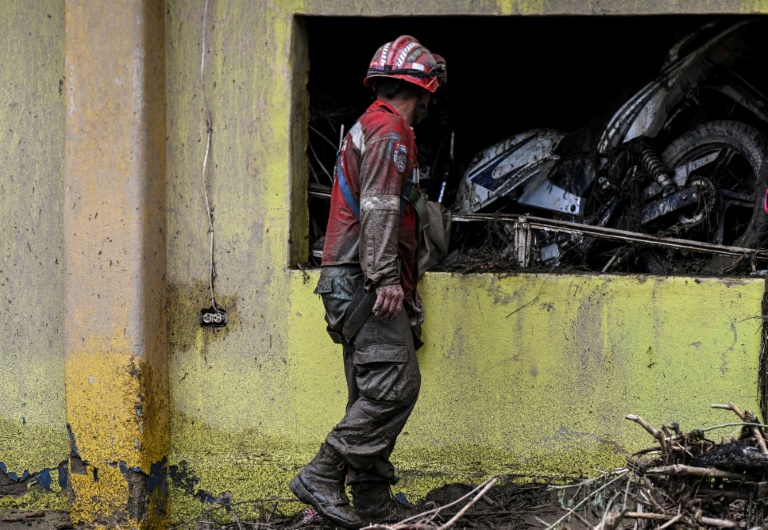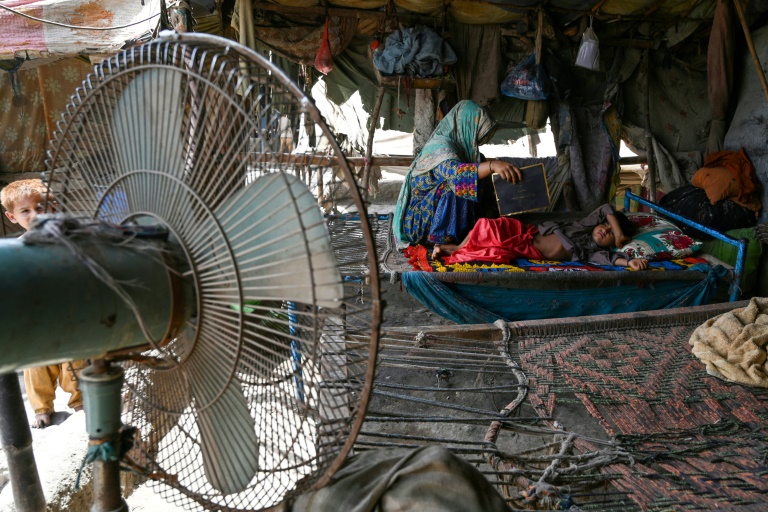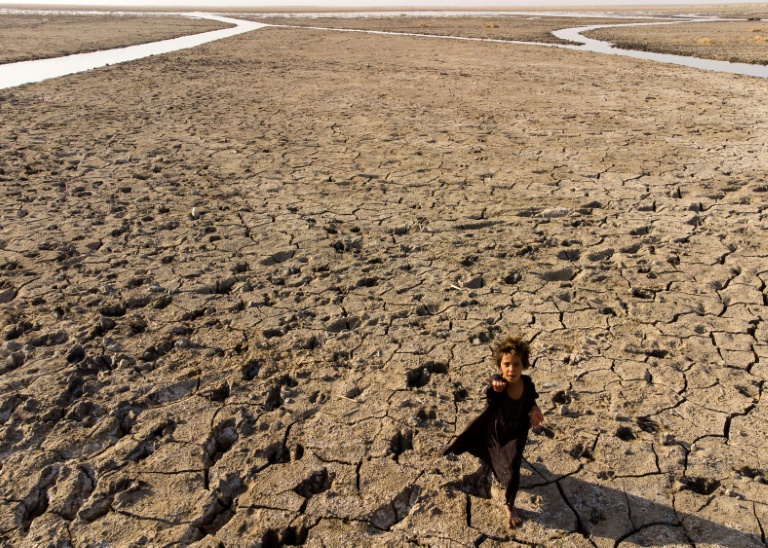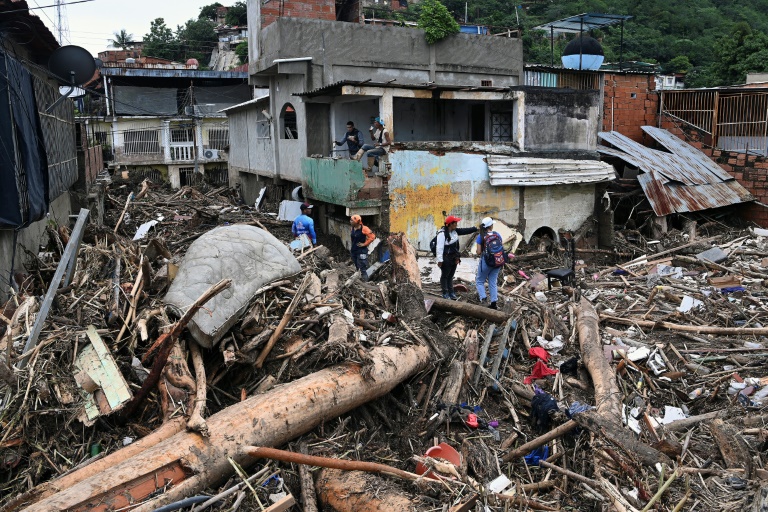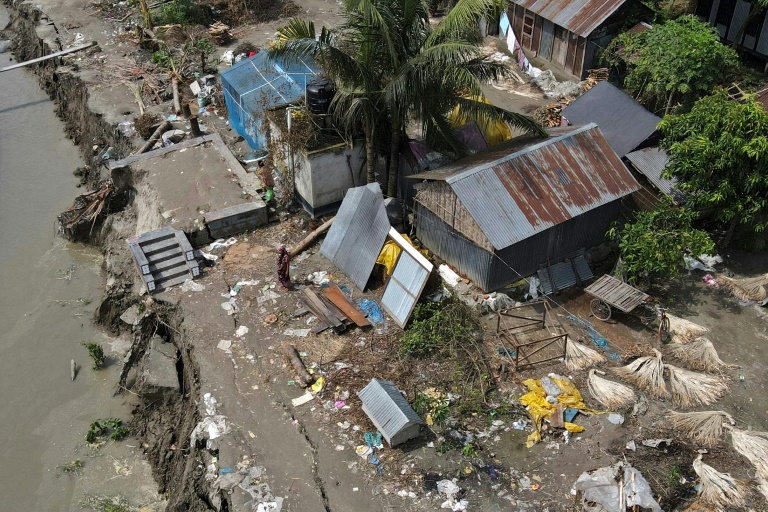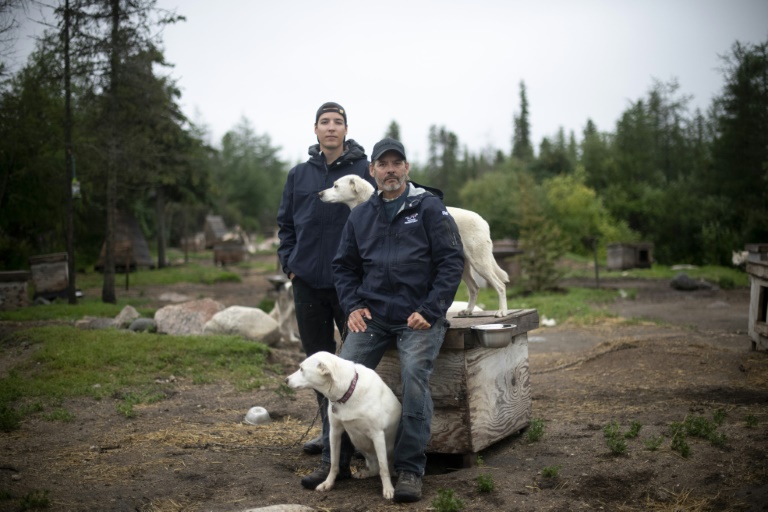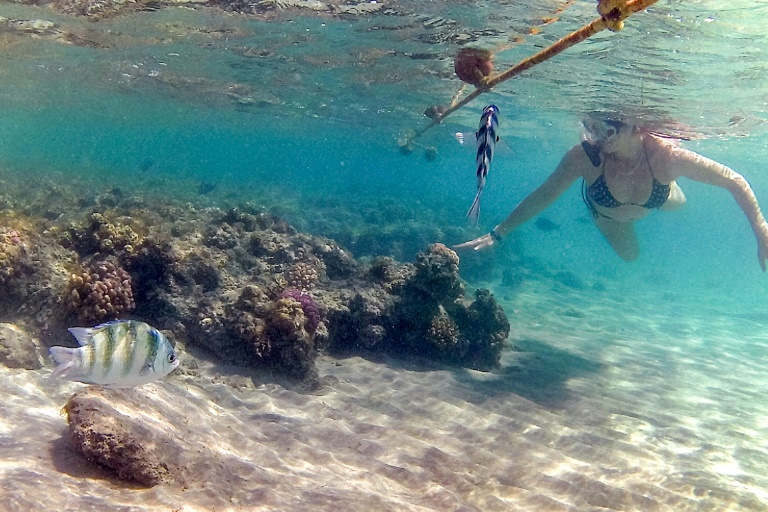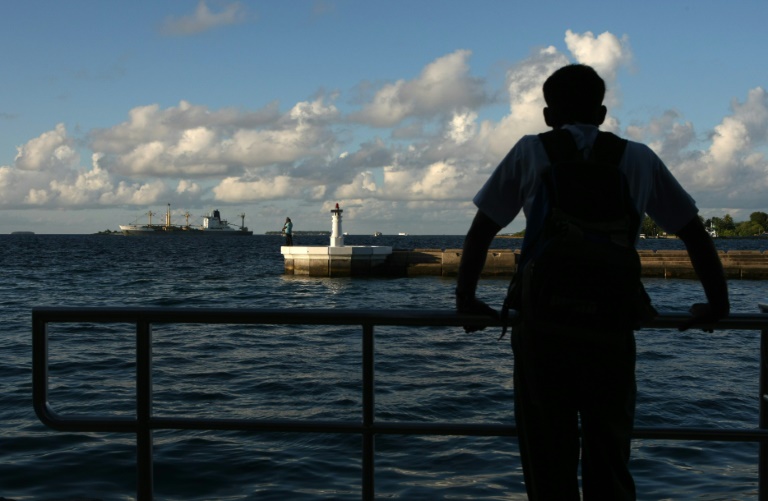Neighbors, rescuers search for 52 missing after Venezuela landslide
The search continues for 52 people reported missing after a mudslide ripped through a Venezuelan town
Neighbors helped rescue teams comb through mud and debris Monday for signs of 52 people missing after a landslide swept through a town in Venezuela, killing at least 25.
Another 13 people were killed in heavy rains elsewhere in the South American country, while four died in Central America after tropical storm Julia dumped torrential rain on El Salvador, Honduras and Nicaragua.
Residents of Las Tejerias some 50 kilometers (31 miles) from Caracas, used picks, shovels and any tools they could find to dig through a thick bank of mud deposited on the town Saturday.
“It came too fast, we had no time,” resident Carlos Camejo, 60, said of the mudslide.
“The town is lost, Las Tejerias is lost,” added Carmen Melendez, 55, desperately waiting for news on the whereabouts of a missing relative.
Some 1,000 rescuers were involved in the effort, Interior Minister Remigio Ceballos told AFP, with the military also deployed.
Authorities erected shelters for the displaced in Maracay, capital of the affected Aragua province.
The efforts had continued by lamplight overnight, with dogs and drones.
“We are working to find the people who are still missing, that is our main task right now,” Ceballos posted on social media late Sunday.
President Nicolas Maduro decreed three days of national mourning after the biggest river flood in the area in 30 years.
A torrent of mud several meters deep razed houses and businesses in Las Tejerias, a town of 54,000 people nestled in the mountains.
The deluge swept away cars, homes and telephone poles and felled large trees that were dragged by mud through the streets of the town left without electricity.
By the last count, Ceballos put the toll at 25 dead and 52 missing.
According to Vice President Delcy Rodriguez, five streams in the region overflowed after “as much rain fell in eight hours as normally falls in a month,” blaming the “climate crisis.”
Crews of workers with machinery were clearing the debris-covered roads while residents battled to clean out meters of mud dumped inside their homes.
Las Tejerias resident Jose Santiago spent 40 minutes clinging to an antenna while the flood dragged along several houses. His home was left standing but a torrent of mud swept through it.
“The river caught me and I couldn’t find anything to do besides climb a roof and grab onto an antenna,” the 65-year-old recounted.
– ‘Life-threatening’ –
Further afield, four people died in Honduras and El Salvador when tropical storm Julia raced across Central America.
El Salvador police said on Twitter that “at least two people died” after a house collapsed in the town of Guatajiagua, some 150 kilometers east of San Salvador.
Wilmer Wood, mayor of the eastern Honduran town of Brus Laguna, said two people died after Julia capsized a boat.
A third person is missing, said Wood.
The storm barelled into Nicaragua early Sunday as a hurricane packing sustained winds of 140 kilometers per hour, before weakening to tropical storm status but still inundating parts of the country with heavy rains that caused flooding.
By Monday morning, Julia’s eye was moving northwestward along the El Salvadoran and then Guatemalan coasts, according to the US National Hurricane Center which warned of “life-threatening flash floods and mudslides” across Central America and Southern Mexico.
The system was forecast to weaken to a tropical depression later Monday.
In Venezuela, the Tigres de Aragua and Caracas Lions baseball teams availed their stadiums as collection points for donations, and the Caracas metro said it too would raise collections from the public for those affected.
The crisis-hit country is no stranger to seasonal storms, but this was the worst so far this year following historic rain levels that caused dozens of deaths in recent months.
In 1999, about 10,000 people died in a massive landslide in the northern state of Vargas.

